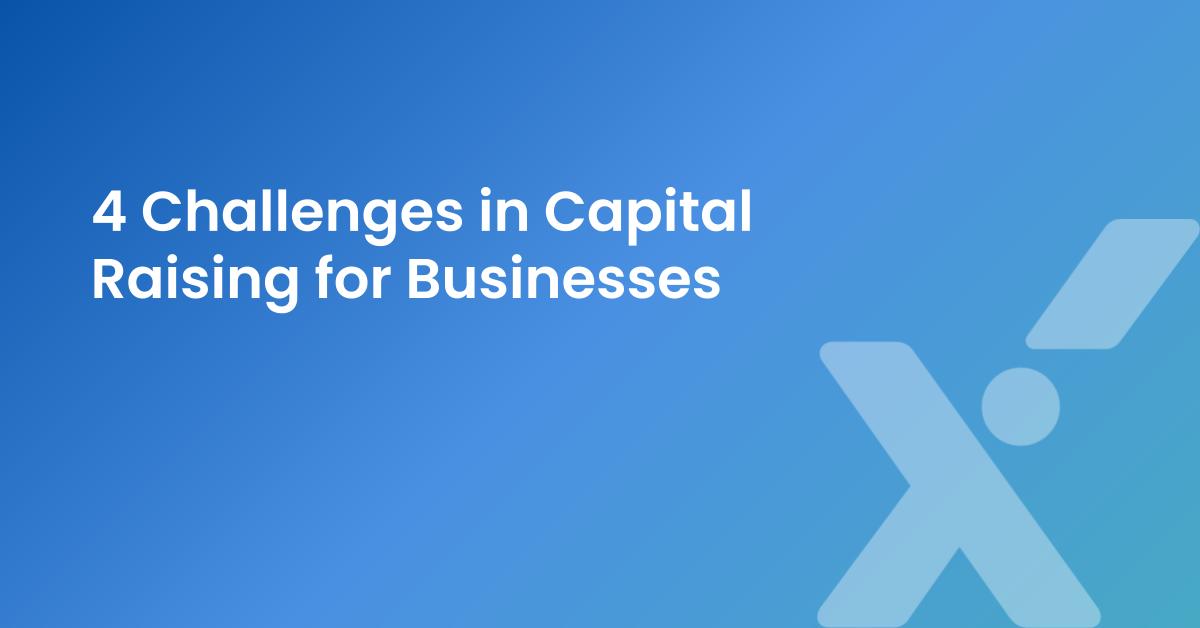Metronome was founded on a bold premise: that billing — traditionally viewed as a cost center — could become a growth engine. That vision is now playing out in real time. With AI redefining how businesses price, scale, and deliver value, Metronome has emerged as the engine behind some of the most explosive growth stories […]
In early 2020, analysts and investors tracking Tesla’s cash flow, debt structure, and rapid stock price appreciation predicted a capital raise. When Tesla announced a $5 billion stock offering in September, those who positioned early benefited from the post-raise price rally. This kind of foresight — seeing capital events before they happen — is invaluable […]
For startups embarking on the journey to secure capital to fund their future growth and scale their operations, pitching to private equity (PE) and venture capital (VC) investors requires thoughtful preparation if you are going to be successful. For many companies the capital raise process can be “life or death,” it represents not only a […]
Finding the right way to fund your startup is one of the most important decisions—and one of the greatest challenges—many entrepreneurs will face. More than half of new businesses fail during their first year in operation, but it is also true that only about 4 out of 100 businesses survive longer than 10 years. Among […]
Thinking of raising growth capital in 2023? Now’s the time to start laying the groundwork for an efficient, effective raise. We asked Cyndx founder and CEO Jim McVeigh, who has over twenty years of capital raising experience, what early-stage entrepreneurs should do to prepare for the year ahead. Keep reading to learn what you should […]
Every quarter, the US adds nearly 260,000 new businesses. About 90% will fail — 10% in just the first year. In 29% of cases, failure is due to funding. Outside investors can provide the capital and other resources that early-stage startups need to survive and keep growing. But competition is fierce: historically, less than 1% […]







